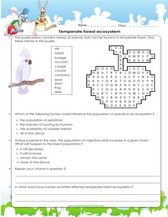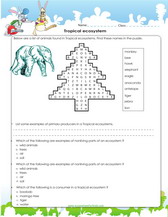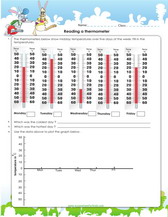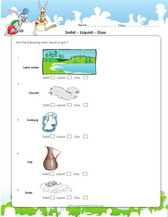Coral Reef Ecosystems For Kids
Coral Reef ecosystems for kids - Coral reefs are often talked about as being incredibly important for the world’s oceans and, consequently, for our climate. But not many people know exactly what coral reefs do and how they do it. Below, you can find out about everything you need to know about coral reefs and why you should care about these dying ecosystems.
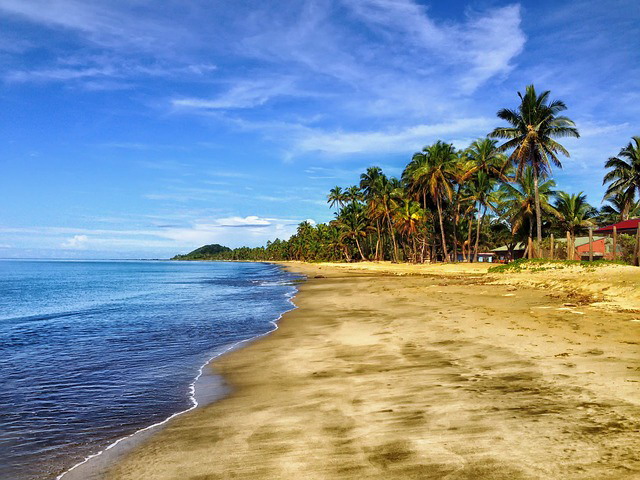
What are coral reefs?
When you first look at coral reefs, they look like rock formations, but they are so much more than that. Coral reefs are marine ecosystems; in fact, they happen to have the most biodiversity out of all of the ecosystems in the Earth’s oceans. They are made of polyphs, which are made of an animals species called Cnidarian, and contain species like jellyfish.
More than one quarter of the world’s animal species live in these coral reefs, which is why they are so important for the survival of marine life. The sad truth about these coral reefs, though, is that they are vulnerable to changes in ocean temperatures. Since the world’s water is warming, these coral reefs are dying.
Interestingly, coral reefs need to eat to survive because they are living species. They eat smaller animals like plankton and algae. Normally, coral reefs will live in shallow water because they also need sunlight to grow fully. The biggest coral reef is called the Great Barrier Reef, which lives near Australia. They can, on the other hand, live in deep water. There are some species that can live in water at depths of nineteen thousand feet.
Types of Coral Reefs
There are fringing reefs, which thrive closer to coastlines. These are also the most common coral reefs, compared to barrier reefs and atolls. There are lagoons which separate the reefs from the coast.
Barrier reefs live deeper in the ocean than fringing reefs do; however, they also live close to the coastline. The aforementioned reef, the Great Barrier Reef, is the largest reef of this kind, and it happens to be the largest coral reef in the world.
Atoll reefs form in rings around lagoons and, in contrast to the previous two types of coral reefs, live in the middle of the sea. They are most often formed when islands delve into the sea. These islands are most often covered and surrounded by fringing reefs. When a given island sinks, these fringing reefs grow to circle around the islands and they form atoll reefs.
Patch reef are rather small compared to the other reef species; though, several sizes change quite a bit. They do not, however, reach the surface of the water, normally.
What can you do?
Many are beginning to question how they can save the coral reefs. The truth is, however, that is begins with you. Every single one of us must decide to live more environmentally friendly in order to preserve the world’s oceans and the marine life in them. There is a countless number of things that you can do on a daily basis which will aid the planet as a whole. You can, for example, decide to recycle and reduce the amount of water you use.

